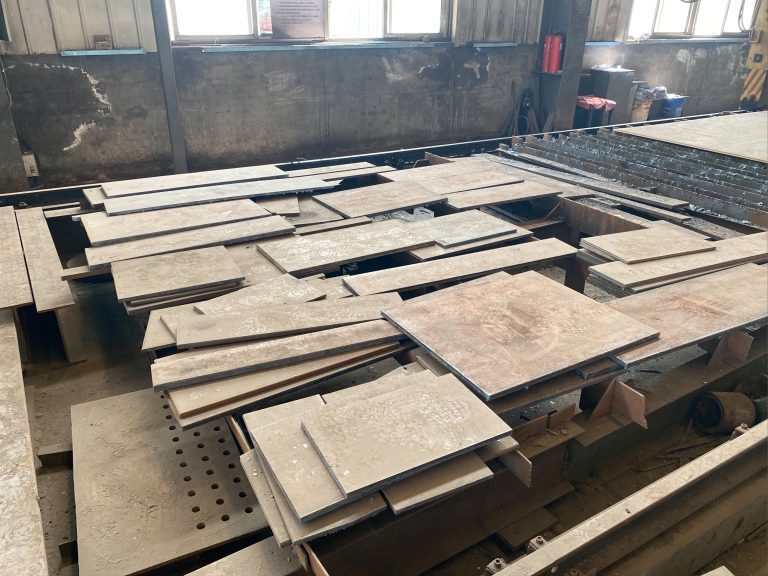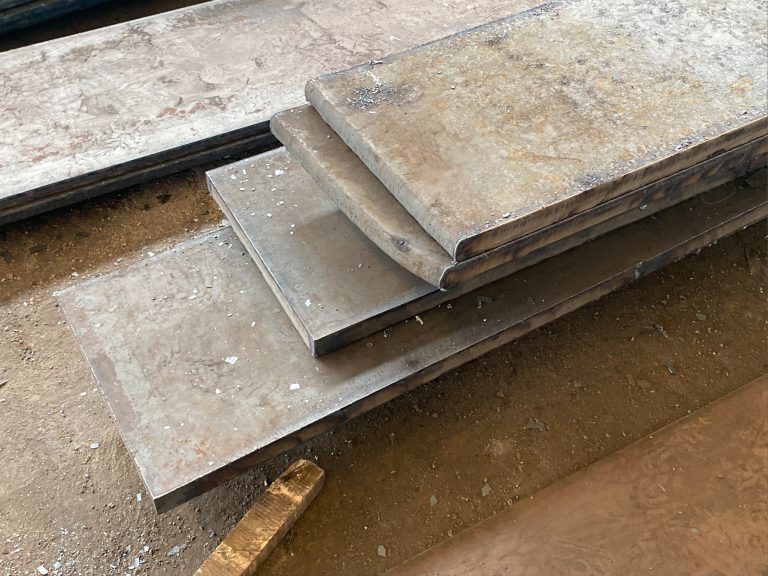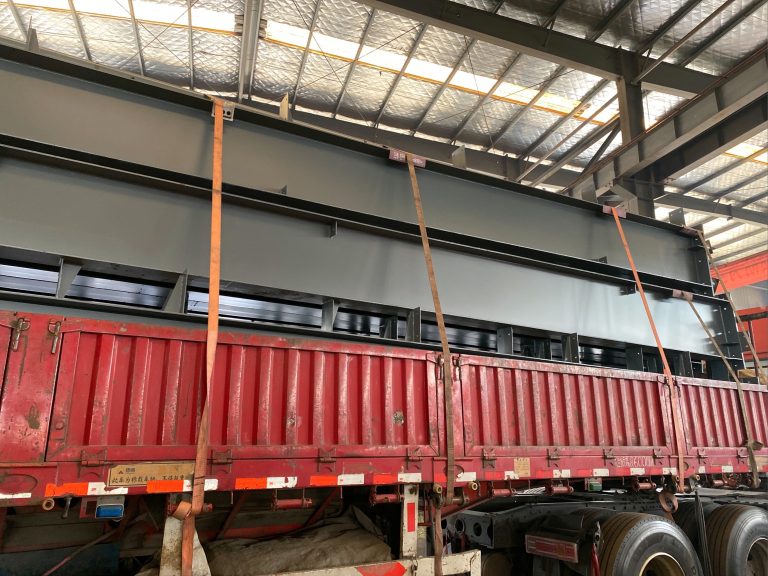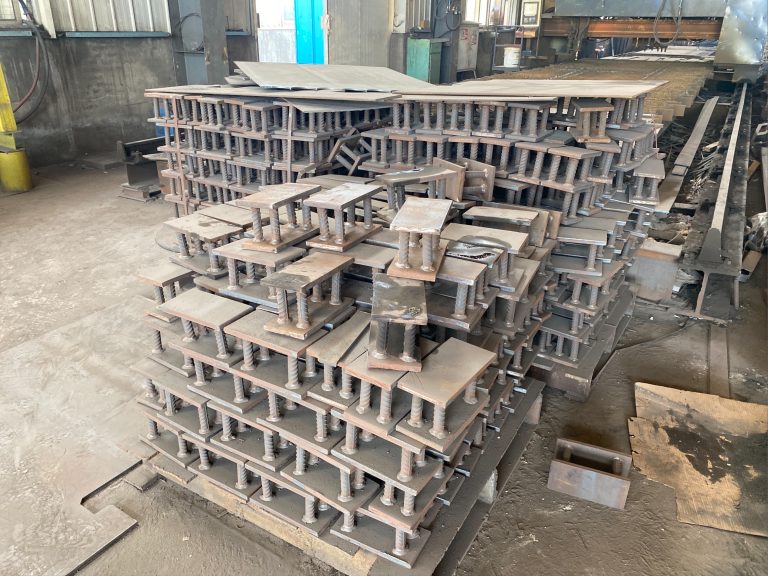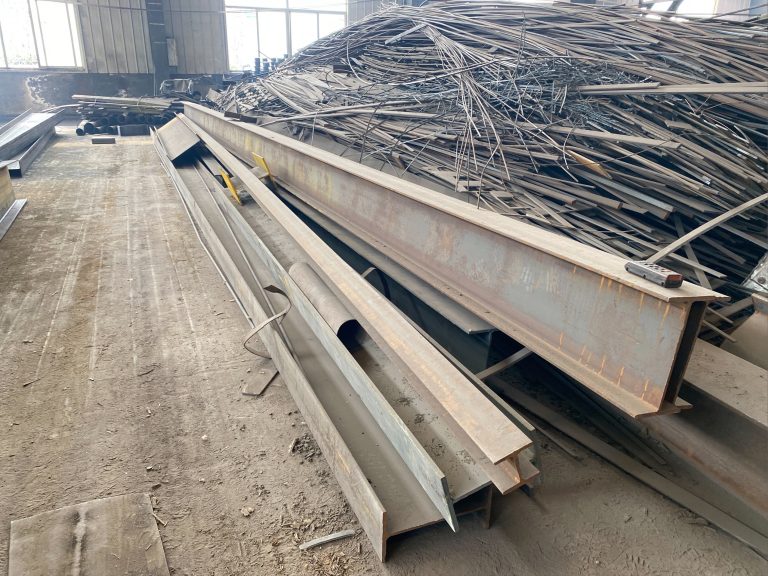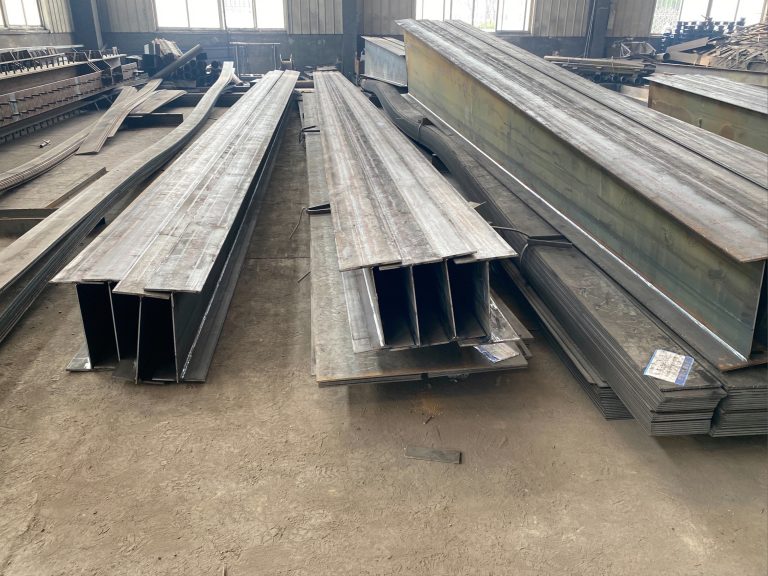Big data analysis and application innovation in intelligent construction of steel structure
Table of Contents
Benefits of Implementing Big Data Analysis in Steel Structure Construction
In recent years, the construction industry has seen a significant shift towards the use of big data analysis in various aspects of project management and execution. One area where this technology has shown great promise is in the intelligent construction of steel structures. By harnessing the power of big data, construction companies can optimize their processes, improve efficiency, and ultimately deliver better results for their clients.
One of the key benefits of implementing big data analysis in steel structure construction is the ability to make more informed decisions. By collecting and analyzing vast amounts of data from various sources, construction companies can gain valuable insights into the performance of their projects. This data can help them identify potential risks, optimize resource allocation, and improve overall project management. With this information at their fingertips, construction companies can make better decisions that lead to more successful outcomes.
Another benefit of using big data analysis in steel structure construction is the ability to improve efficiency. By analyzing data on factors such as material usage, labor productivity, and equipment performance, construction companies can identify areas where they can streamline their processes and reduce waste. This can lead to cost savings, shorter project timelines, and ultimately, higher profitability. By leveraging big data analysis, construction companies can work smarter, not harder, and achieve better results with less effort.
In addition to improving decision-making and efficiency, big data analysis can also help construction companies innovate in their approach to steel structure construction. By analyzing data on past projects, industry trends, and emerging technologies, companies can identify new opportunities for improvement and innovation. This can lead to the development of new construction techniques, materials, and technologies that can help companies stay ahead of the competition and deliver cutting-edge solutions to their clients.
One area where big data analysis is particularly valuable in steel structure construction is in the area of predictive maintenance. By collecting and analyzing data on the performance of steel structures over time, construction companies can identify potential issues before they become serious problems. This allows companies to proactively address maintenance issues, reduce downtime, and extend the lifespan of their structures. By using big data analysis to predict maintenance needs, construction companies can save time and money, while also improving the safety and reliability of their structures.
Overall, the benefits of implementing big data analysis in steel structure construction are clear. By leveraging the power of data analytics, construction companies can make more informed decisions, improve efficiency, innovate in their approach to construction, and enhance the safety and reliability of their structures. As the construction industry continues to evolve, companies that embrace big data analysis will have a competitive advantage and be better positioned to succeed in the future. By harnessing the power of big data, construction companies can unlock new opportunities for growth and innovation in the intelligent construction of steel structures.
Innovations in Intelligent Construction Techniques for Steel Structures Using Big Data Analysis
In recent years, the construction industry has seen a significant shift towards the use of big data analysis and application innovation in the intelligent construction of steel structures. This trend has been driven by the need for more efficient and cost-effective construction methods, as well as the increasing demand for sustainable and environmentally friendly building practices.
One of the key benefits of using big data analysis in the construction of steel structures is the ability to optimize the design and construction process. By analyzing large amounts of data, construction companies can identify patterns and trends that can help them make more informed decisions about the materials, techniques, and processes they use. This can lead to faster construction times, lower costs, and higher quality structures.
Another advantage of using big data analysis in construction is the ability to improve safety on construction sites. By analyzing data on past accidents and near misses, construction companies can identify potential hazards and take steps to mitigate them before they cause harm. This can help reduce the number of accidents and injuries on construction sites, making them safer places to work.
In addition to improving efficiency and safety, big data analysis can also help construction companies reduce their environmental impact. By analyzing data on energy usage, waste production, and emissions, companies can identify ways to reduce their carbon footprint and operate more sustainably. This can help construction companies meet regulatory requirements, attract environmentally conscious clients, and contribute to a more sustainable future.
One of the most exciting applications of big data analysis in the construction of steel structures is the use of artificial intelligence and machine learning algorithms. These technologies can analyze vast amounts of data in real-time, allowing construction companies to make decisions quickly and accurately. For example, AI algorithms can analyze sensor data from construction equipment to predict when maintenance is needed, or analyze weather data to optimize construction schedules.
Overall, the use of big data analysis and application innovation in the intelligent construction of steel structures has the potential to revolutionize the construction industry. By harnessing the power of data, construction companies can improve efficiency, safety, and sustainability, leading to better outcomes for both the industry and the environment.
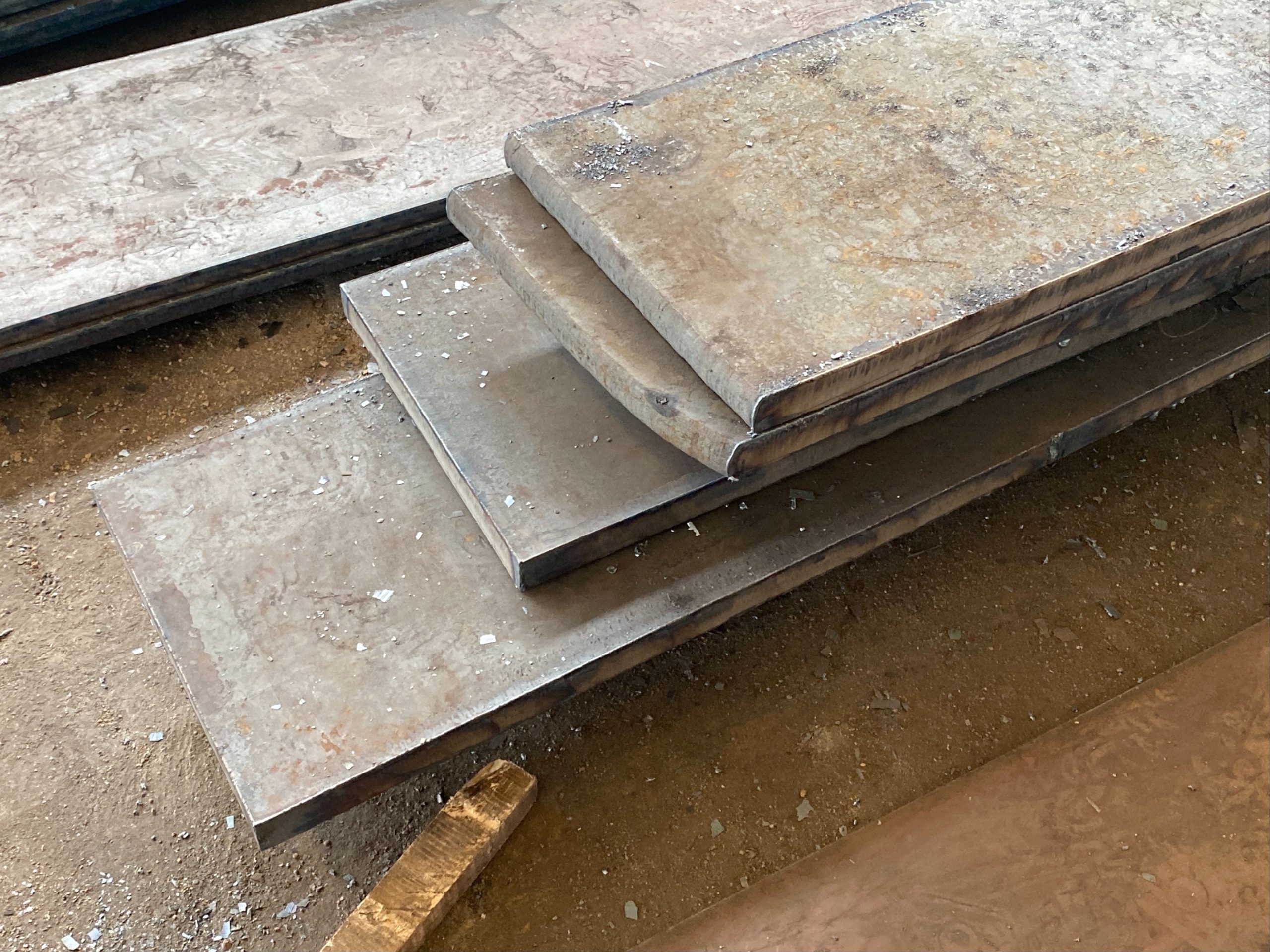
In conclusion, the use of big data analysis and application innovation in the intelligent construction of steel structures is a game-changer for the construction industry. By leveraging the power of data, construction companies can optimize their processes, improve safety, and reduce their environmental impact. As technology continues to advance, we can expect to see even more innovative applications of big data analysis in construction, leading to a more efficient, sustainable, and safe built environment.

